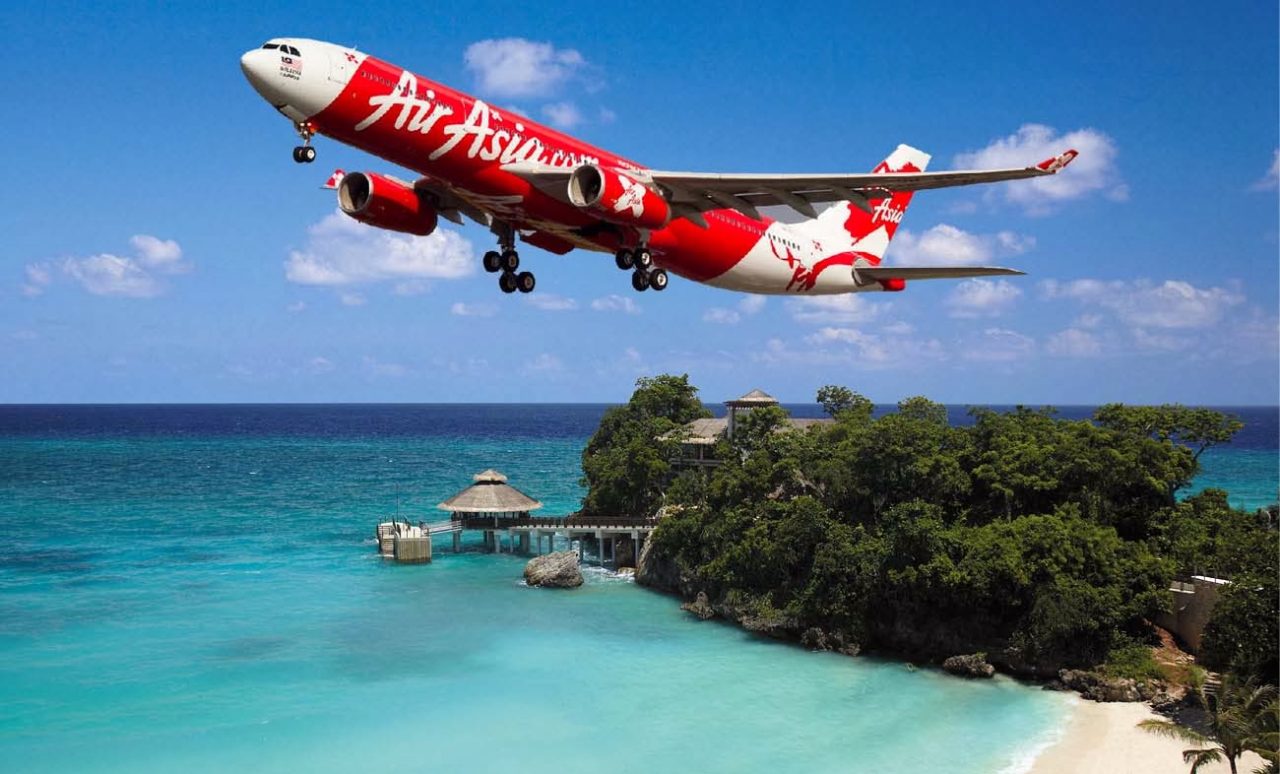
Shares in AirAsia Group Bhd plunged by nearly 13% or 47 sen on the first trading day after the general election last Wednesday. Selling pressure emerged on counters that are perceived to be linked to the incumbent Barisan Nasional, the low cost carrier is among them.
Meanwhile, CIMB Investment Bank Bhd downgraded the stock on the back of higher oil prices and a return to losses at its Indonesia and Philippines operations, which was exacerbated by currency depreciation.
This morning, AirAsia shares opened at RM3.25, down 12.16% from its previous close price of RM3.70.
“We downgrade our recommendation on AirAsia from Add to Hold on the back of what we believe to be sustainably higher oil prices,” CIMB analyst Raymond Yap said in a note to clients today.
“Additionally, the Indonesian rupiah and Philippine peso have been showing signs of sustained weakness against the US dollar and the current exchange rates are already weaker than what we have incorporated into our forecasts.”
In line with the stock downgrade, CIMB has also cut AirAsia’s target price to RM3.84, from an earlier forecast of RM5.31.
According to CIMB, AirAsia’s core net profit is at risk from the oil price rise, the latter of which have rallied by 15% to US$77 per barrel year-to-date.
The anticipated lower earnings has prompted CIMB to trim down its forecast of AirAsia’s core net profit by 30% to RM882 million in financial year ending Dec 31, 2018 (FY18), from an earlier forecast of RM1.31 billion, as it take into account of higher jet fuel price assumption of US$85 per barrel from US$75 per barrel previously.
“Even with our lower core earnings forecasts, it appears that the risks are to the downside,” CIMB added.
For 2018, CIMB noted that AirAsia, as a group, only hedged about 12% of its jet fuel requirements at an average strike price of US$68.55 per barrel, which was in contrast to the position it took in 2017, where it had hedged 75% of its requirements at an average price of US$60 per barrel.
“As a result, the AirAsia group is largely exposed to the spot price of jet fuel,” CIMB said.
Going forward, CIMB assumed that AirAsia will only be able to recoup 15% of the hike in jet fuel prices from higher ticket prices, since the rise in the price of jet fuel has been faster than expected. At present, CIMB said AirAsia does not currently have fuel surcharge mechanisms in place.
“The impact of higher oil prices will be felt more keenly from the second quarter of 2018 onwards since the pricing of jet fuel purchases tend to be lagged by one month,” it added.
As for the currency depreciation, CIMB said the US dollar has, since the start of this year, appreciated by 3% against the rupiah and by 5% against the pesos.
“More upside for the US dollar is possible against these two currencies due to the impact of higher oil prices on their economies,” CIMB said.
CIMB said the depreciation of these two currencies, in addition to the higher oil prices, is expected to drive Indonesia’s AirAsia and Philippines’ AirAsia (PAA) back into the red for FY18, although both airlines delivered profits in FY17.
As for PAA, CIMB said it is expected to come under severe pressure from the six-month closure of the Boracay island resort from late-April to late-October 2018, given that the island traffic accounts for 22% of its seat capacity.
In FY17, CIMB said PAA increased its fleet by three aircrafts and added a staggering four planes in 1Q18F alone, bringing the total fleet to 21 planes.
“The fleet growth could not have come at a more inopportune time,” it said.
Despite the higher oil prices, CIMB said PAA should deliver slightly stronger core earnings due to yield recovery in the domestic aviation space as well as continued robust growth of inbound Chinese tourist numbers.

